RobotLAB Blog
Everything You Need To Know About Robotics in Businesses
Five New Technologies in Education Transforming School Operations
By Softbank Robotics

New technologies like remote learning platforms, big data, and AI are changing the way students learn (and the way schools are managed). From early childhood, to K-12, to higher education, and beyond, new tech in schools is opening up transformational possibilities for instruction, student support, and school operations. Below, we cover some of the most valuable technological innovations helping school administrators and their staff deliver a quality educational experience while adapting to staffing challenges and tight budgets.
- 0 Comments
- Aug 10, 2023 4:26:32 PM
- Posted by Maria Alejandra Calcetero
- Topics: Robotics, EdTech, STEM, Education, code, 21st Century Classroom, Special Education, Artificial Intelligence, data literacy, Coding, Robots,, students, programming, Technology, VR, STEMchat, Edchat, AI, k12, virtual learning, classroom, Inteligencia Artificial, Literacy, STEM literacy
How AI Should Be Used in Education
By Ellie Gabel
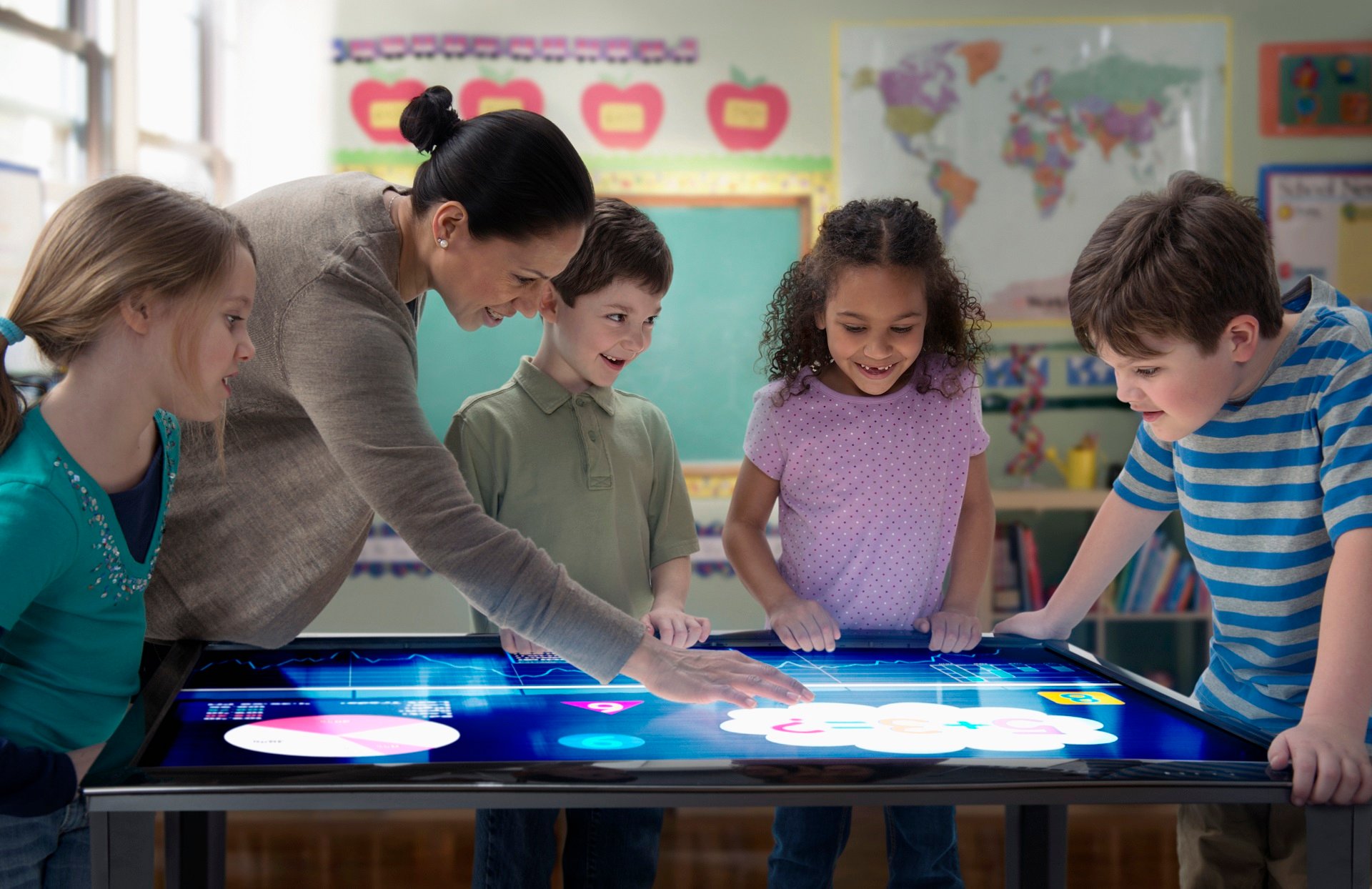
Is artificial intelligence in education the future or a risky new tool for cheating? AI can be a highly beneficial technology for students and teachers alike. When used wisely, it can help kids learn at their own pace or provide valuable support for educators. How can the sector leverage AI to benefit students and teachers without compromising safety or integrity?
- 2 Comments
- Jul 26, 2023 3:41:20 PM
- Posted by Maria Alejandra Calcetero
- Topics: Robotics, EdTech, STEM, Education, code, 21st Century Classroom, Special Education, Artificial Intelligence, data literacy, Coding, Robots,, students, programming, Technology, VR, STEMchat, Edchat, AI, k12, virtual learning, classroom, Inteligencia Artificial, Literacy, STEM literacy
Innovative Curriculums That Spark Enthusiasm in STEM and Robotics Students
By Katie Brenneman
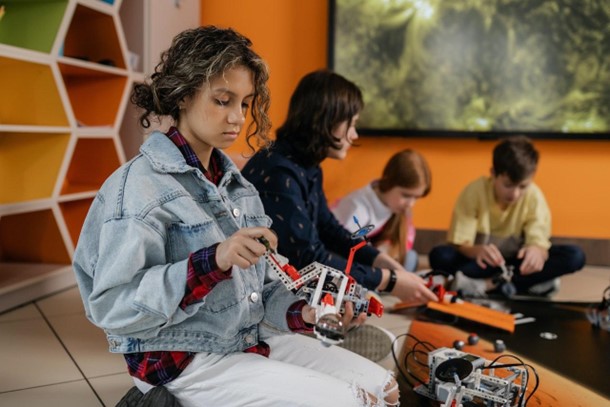
Image Source: Pexels
The continued rise of the digital landscape has revolutionized the world we live in. A range of day-to-day interactions are influenced by advanced tools and technical ideas. It is, therefore, essential to ensure that students today benefit from a science, technology, engineering, and math (STEM) education, alongside an understanding of robotics. After all, these elements are likely to continue to be core parts of their future.
However, as important and fascinating as these subjects are, not all students will be enthusiastic about them. Some of the ideas can be complex or might seem to not tie into the more creative subjects certain students prefer. This is where identifying innovative approaches to STEM and robotics curricula can ensure you can offer students an engaging and enriching education.
- 0 Comments
- Jul 20, 2023 6:50:50 PM
- Posted by Maria Alejandra Calcetero
- Topics: Robotics, EdTech, STEM, Education, code, 21st Century Classroom, Special Education, Artificial Intelligence, data literacy, Coding, Robots,, students, programming, Technology, VR, STEMchat, Edchat, AI, k12, virtual learning, classroom, Inteligencia Artificial, Literacy, STEM literacy
10 Simple Ways to Introduce AI to Elementary and Middle School Students
By Carla Jose
Image Source: Unsplash
If we think about the world our elementary and middle school students are growing up in, we notice that everyday tasks are constantly being redefined by artificial intelligence (AI).
From voice assistants to self-driving cars, AI is changing the way we live, work, and play, and introducing students to these ideas at a young age can open a world of opportunities for them. However, teaching such an abstract concept can be challenging for some. But fear not!
This handy guide will walk you through ten simple ways to make AI a part of your school curriculum, creating truly engaging and interactive lessons for all of your young learners.
Let's delve into the fascinating journey of acquainting kids with artificial intelligence concepts!
- 1 Comments
- Jul 18, 2023 11:01:35 AM
- Posted by Maria Alejandra Calcetero
- Topics: Robotics, EdTech, STEM, Education, code, 21st Century Classroom, Special Education, Artificial Intelligence, data literacy, Coding, Robots,, students, programming, Technology, VR, STEMchat, Edchat, AI, k12, virtual learning, classroom, Inteligencia Artificial, Literacy, STEM literacy
The Future of Education: Embracing Technology for Enhanced Teaching
By Ronie Salazar
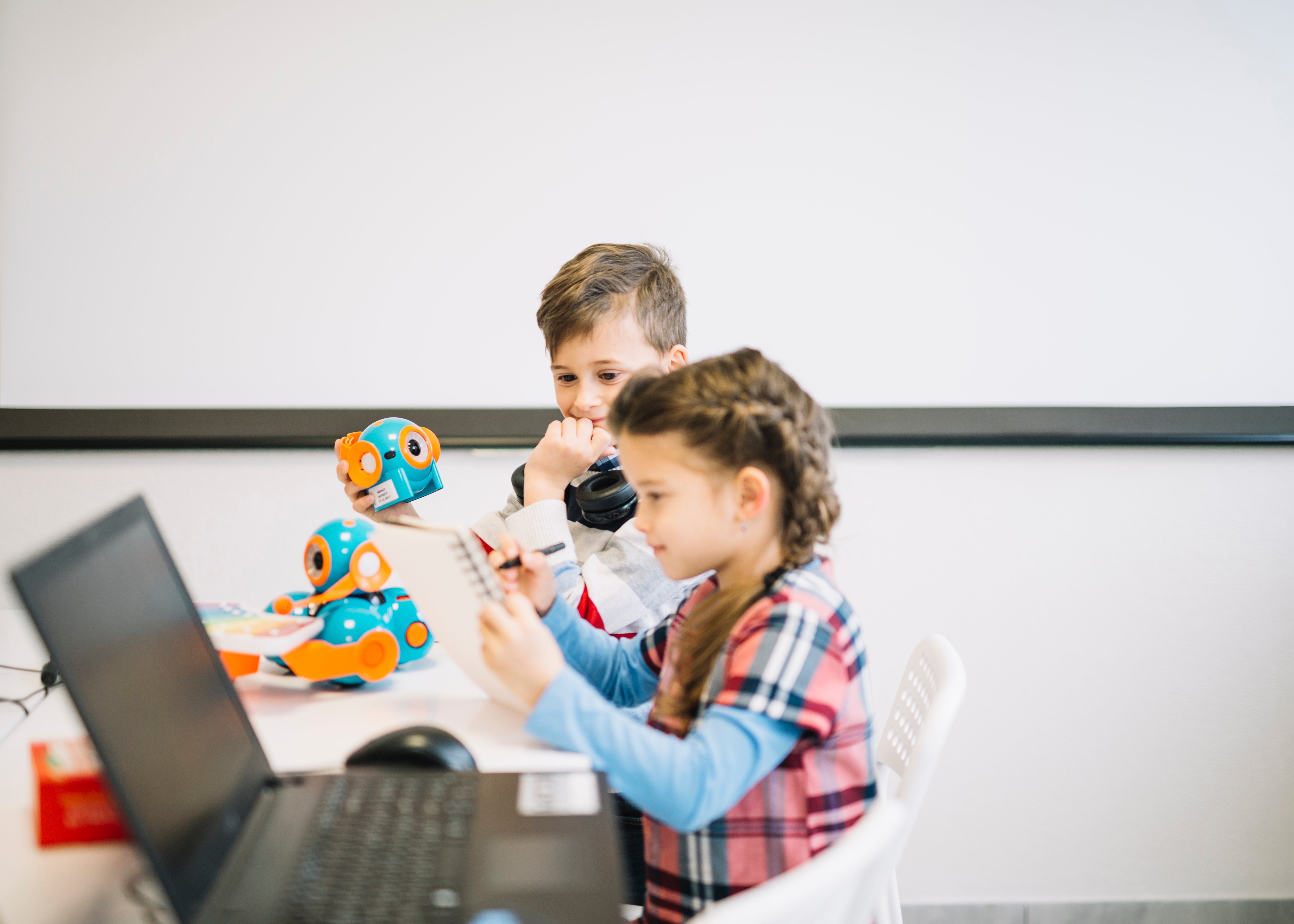 Image by Freepik
Image by Freepik
Our everyday lives now depend heavily on technology, and incorporating it into the classroom is critical for ensuring that students are prepared for the future. Educators can improve their teaching strategies, engage students, and offer tailored learning experiences by using technology. It provides a wide range of tools and resources that accommodate various learning styles, encouraging critical thinking and active engagement. Additionally, technology gives students the digital skills needed in the workforce of the twenty-first century, increasing accessibility and inclusivity in education.
- 0 Comments
- Jul 3, 2023 1:52:49 PM
- Posted by Maria Alejandra Calcetero
- Topics: Robotics, EdTech, STEM, Education, code, 21st Century Classroom, Special Education, Artificial Intelligence, data literacy, Coding, Robots,, students, programming, Technology, VR, STEMchat, Edchat, AI, k12, virtual learning, classroom, Inteligencia Artificial, Literacy, STEM literacy
How Could AI Robots Free Up Teachers' Time in Education? 6 Possibilities
By Carla Jose
Image Source: Pexels
Imagine a revolution in conventional teaching techniques, utilizing artificial intelligence robots to shoulder some of the burdens. From simple administrative tasks to personalized tutoring, AI plays an increasingly important role in complementing human efforts for enhanced learning outcomes.
If this sounds intriguing to you, stay with us as we explore the ways that these technological wonders could free up precious hours for teachers, enabling them to focus more on what they do best, which is of course inspiring young minds.
- 0 Comments
- Jun 30, 2023 11:49:41 AM
- Posted by Maria Alejandra Calcetero
- Topics: Robotics, EdTech, STEM, Education, code, 21st Century Classroom, Special Education, Artificial Intelligence, data literacy, Coding, Robots,, students, programming, Technology, VR, STEMchat, Edchat, AI, k12, virtual learning, classroom, Inteligencia Artificial, Literacy, STEM literacy
Teaching AI Ethics in Robotics
By Devin Partida
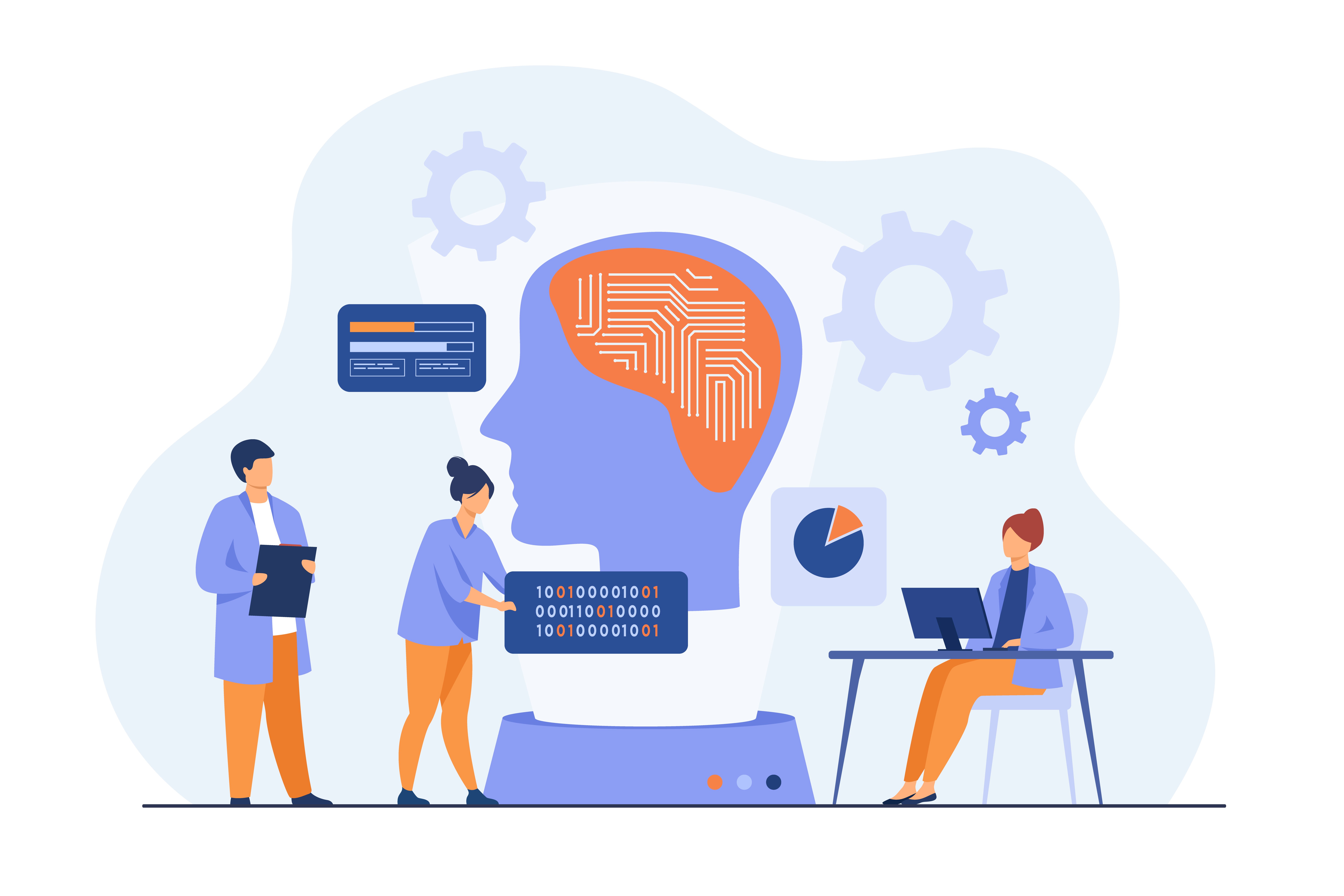
Constant leaps are being made in artificial intelligence (AI). AI is constantly changing and becoming a bigger part of people’s daily lives. With AI tools such as ChatGPT taking the world by storm, artificial intelligence is much more than an app providing weather forecasts or the time.
While it might sound obvious that people created AI, it might not be clear to children. Kids are growing up without understanding what it is and how it works. Here’s how K-12 educators can teach STEM students AI ethics in robotics, why it is important and the resources they could utilize.
- 0 Comments
- Jun 28, 2023 3:42:00 PM
- Posted by Maria Alejandra Calcetero
- Topics: Robotics, EdTech, STEM, Education, code, 21st Century Classroom, Special Education, Artificial Intelligence, data literacy, Coding, Robots,, students, programming, Technology, VR, STEMchat, Edchat, AI, k12, virtual learning, classroom, Inteligencia Artificial, Literacy, STEM literacy
4 ways to support the growing role robotics will have in society
By Dmitry Krasovskiy, PhD, Head of Education and Learning Services, EPAM Systems, Inc
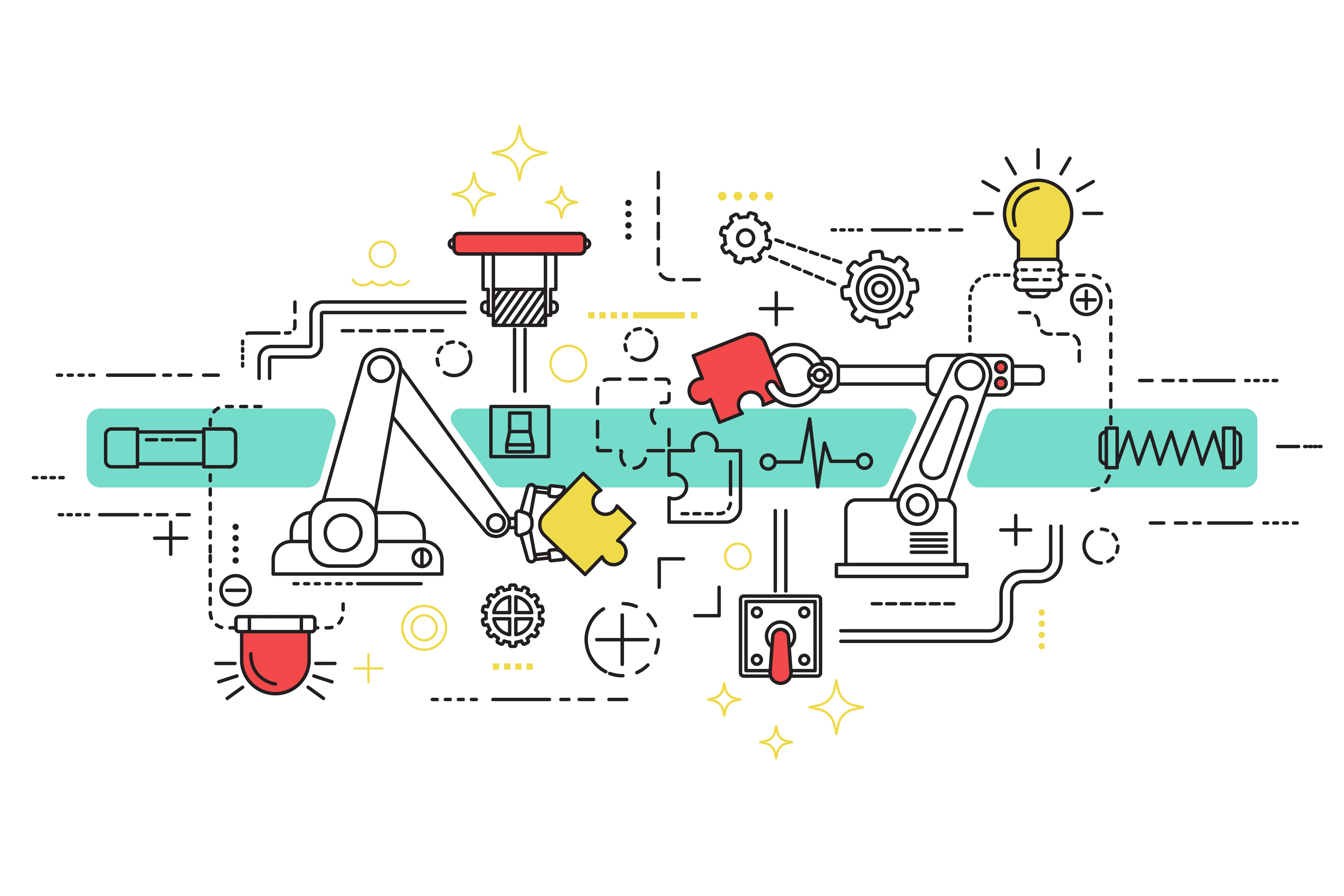
Here’s how edtech providers can buoy educators’ efforts to teach tomorrow’s inventors to embrace the future through robotics
- 1 Comments
- Jun 15, 2023 3:21:00 PM
- Posted by Maria Alejandra Calcetero
- Topics: Robotics, EdTech, STEM, Education, code, 21st Century Classroom, Special Education, Artificial Intelligence, data literacy, Coding, Robots,, students, programming, Technology, VR, STEMchat, Edchat, AI, k12, virtual learning, classroom, Inteligencia Artificial, Literacy, STEM literacy
How Can Teachers Effectively Incorporate Social Media Into Their STEM Curriculum
By Katie Brenneman
 Image Source: Pexels
Image Source: Pexels
In today's digitally interconnected world, social media has revolutionized the way people communicate, collaborate, and consume information. It has permeated various aspects of our lives, including education, where it presents unique opportunities for teachers to engage students in new and exciting ways. One particular field that can greatly benefit from this integration is STEM (Science, Technology, Engineering, and Mathematics) education.
Let’s take a closer look at how teachers can effectively incorporate social media into a STEM curriculum.
- 0 Comments
- May 24, 2023 9:04:29 AM
- Posted by Maria Alejandra Calcetero
- Topics: Robotics, EdTech, STEM, Education, code, 21st Century Classroom, Special Education, Artificial Intelligence, data literacy, Coding, Robots,, students, programming, Technology, VR, STEMchat, Edchat, AI, k12, virtual learning, classroom, Inteligencia Artificial, Literacy, STEM literacy
Is Online Collaboration Better for STEM Students?
By Devin Partida
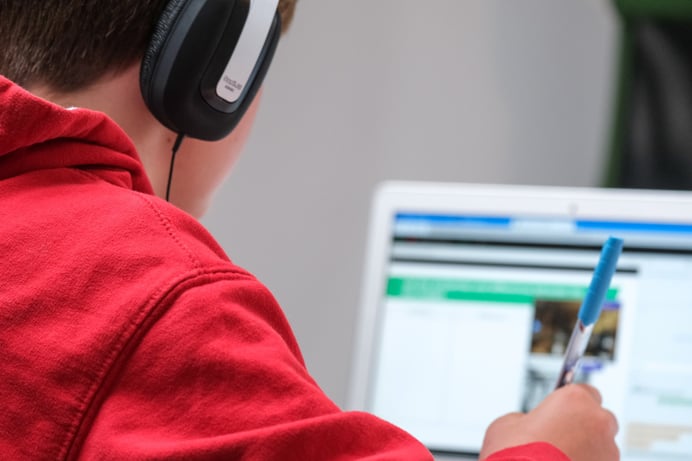
The pandemic forced many students to switch to online courses. While virtual learning was a useful stopgap measure in the absence of in-person classes, certain topics proved very difficult to teach remotely, especially hands-on STEM subjects. For physical science, technology and engineering courses, in-person classes work best, but there’s still a place for online learning.
- 0 Comments
- May 15, 2023 3:49:49 PM
- Posted by Maria Alejandra Calcetero
- Topics: Robotics, EdTech, STEM, Education, code, 21st Century Classroom, Special Education, Artificial Intelligence, data literacy, Coding, Robots,, students, programming, Technology, VR, Realidad Virtual, STEMchat, Edchat, AI, k12, Virtual Reality, virtual learning, classroom, Inteligencia Artificial, Literacy, STEM literacy
Relevant Posts
- Augmented Reality: A Tool for Teaching Students Robot Programming
- Fostering Innovation Through Youth Education in STEM and EdTech
- How Parents Can Foster STEM Learning Beyond the Classroom
- How Robotics Cultivates a Deep Understanding of Mathematics in Students
- RobotLAB Receives EDTech Chronicle 2023 ‘BESTIE’ Award for Landmark Partnership with American Samoa Dept. of Education.
Subscribe to Email Updates
-
I Want To Learn MoreADDITIONAL INFORMATION
